Renewables are 87% of new U.S. generating capacity so far this year
Renewable Energy World
NOVEMBER 23, 2021
biomass, geothermal, hydropower) dominated new U.S. There were also small additions in 2021 by hydropower (28 MW), geothermal (25 MW), and biomass (14 MW). . Most of the balance was provided by natural gas (2,327 MW) coupled with very small contributions from oil (19 MW) and coal (11 MW). rooftop) solar.


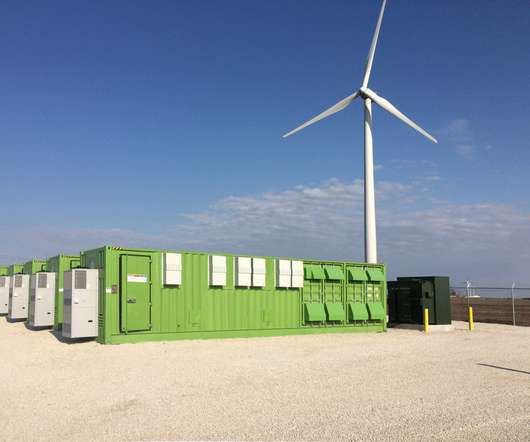

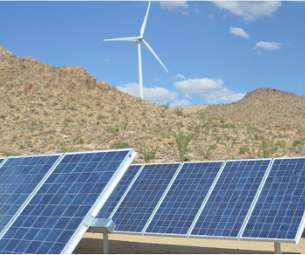
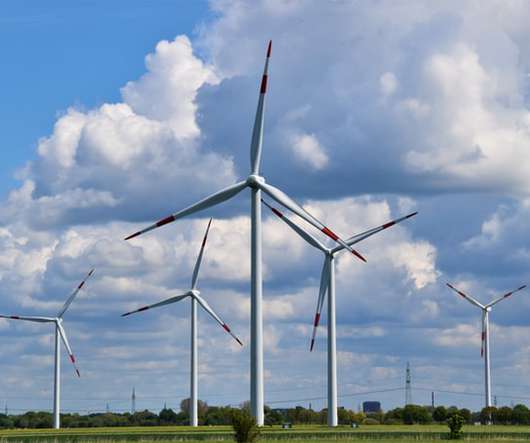

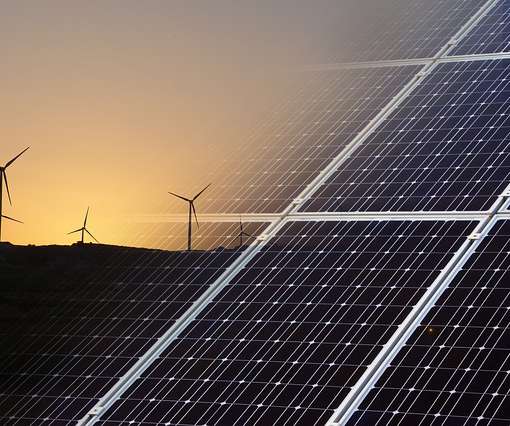
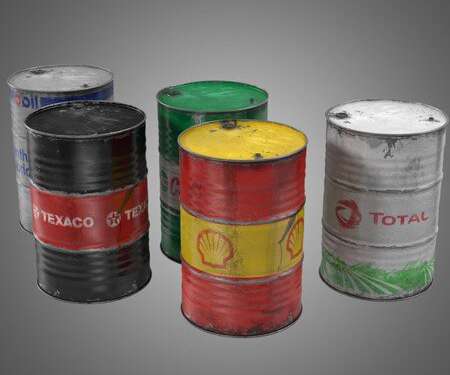








Let's personalize your content